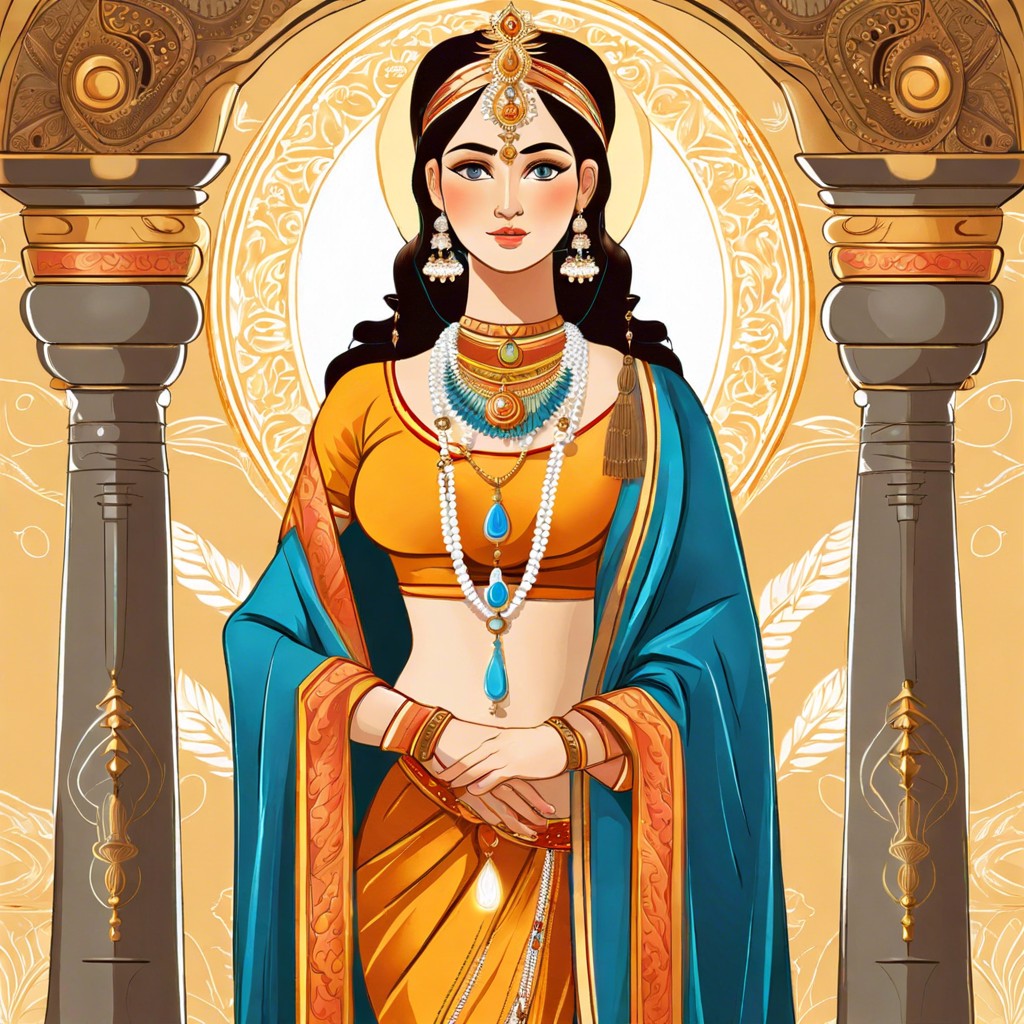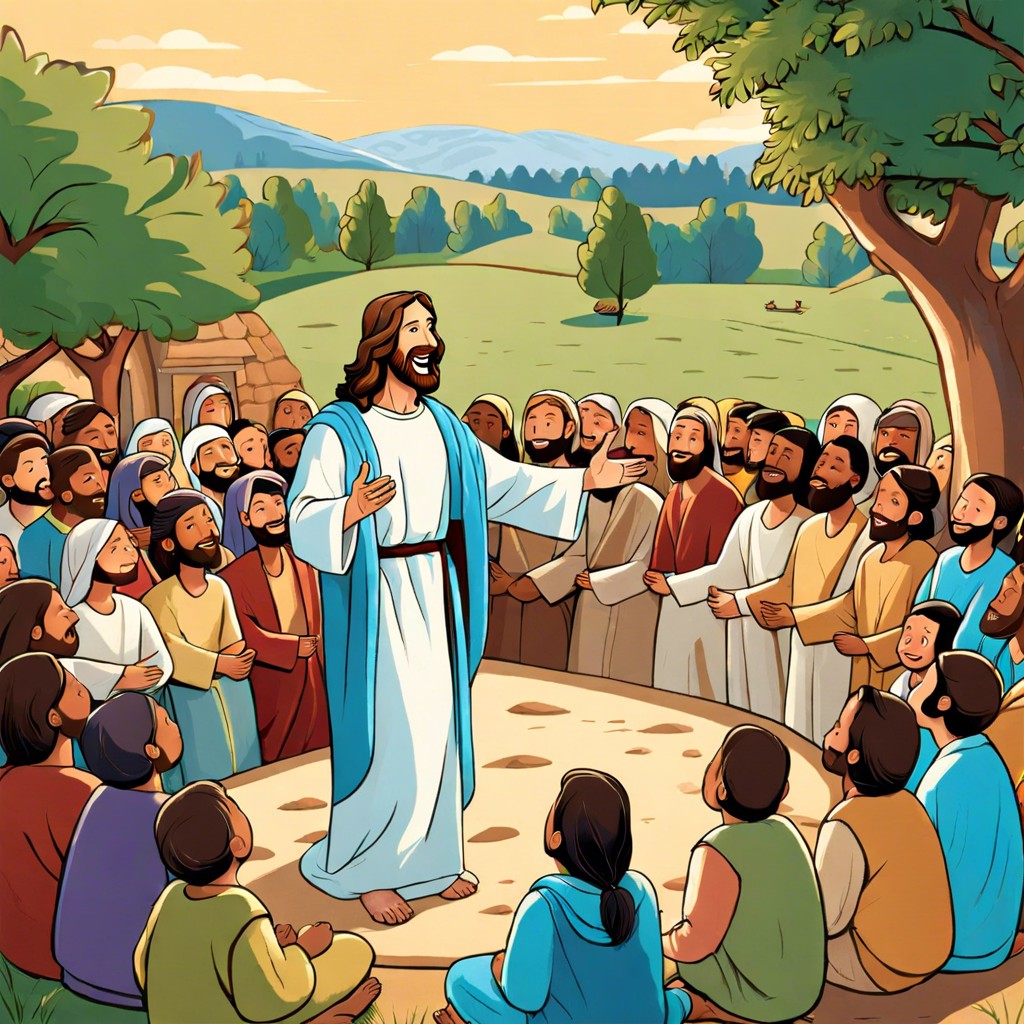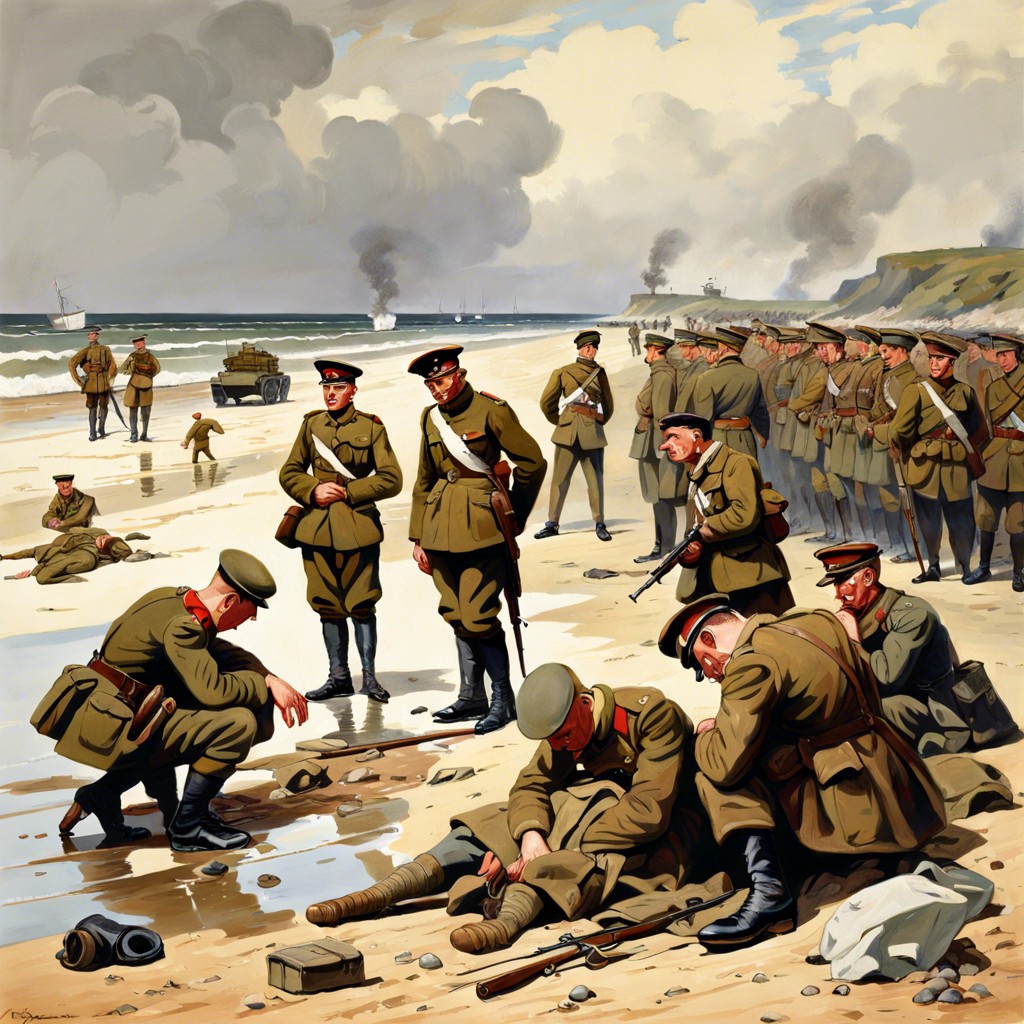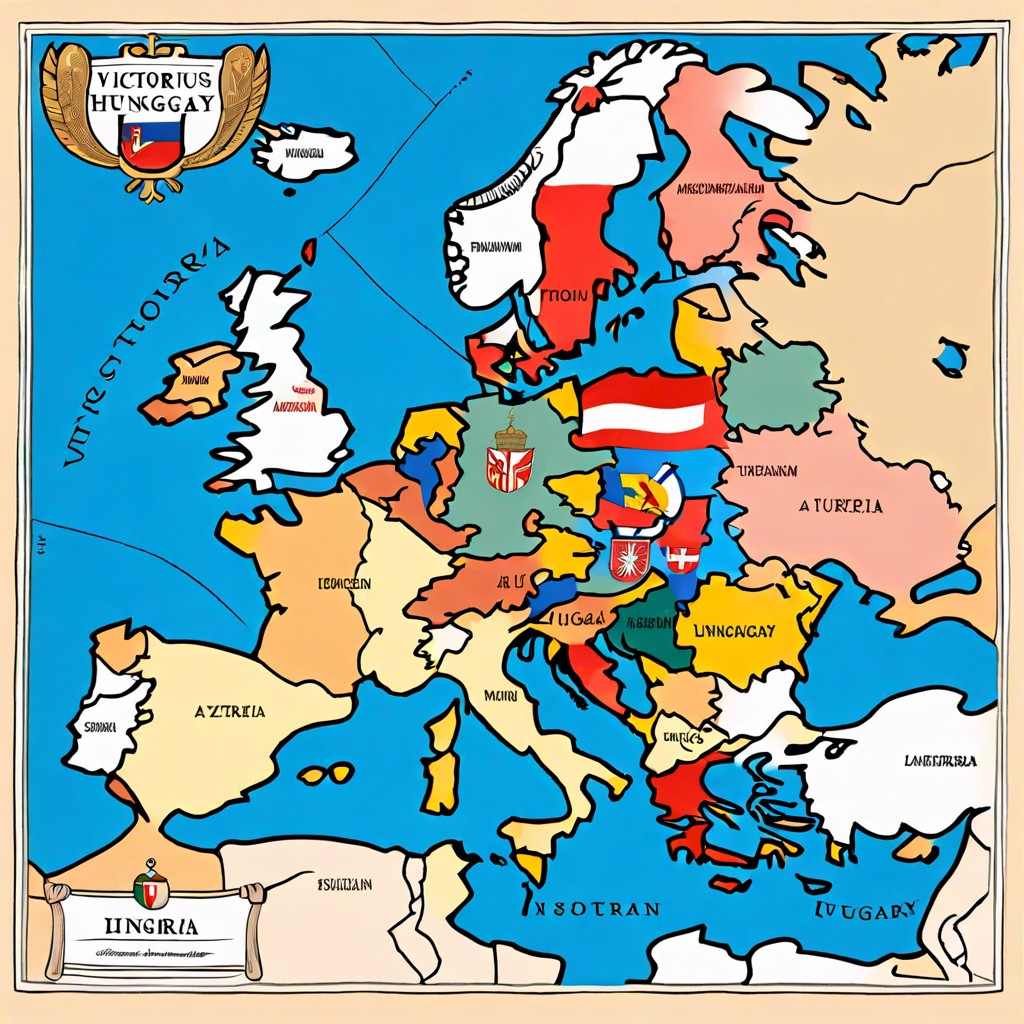This article will reimagine how Christianity and global history might look if Jesus had been a woman.
Ever wondered if history would’ve had a different flavor if Jesus swapped sandals for stilettos? Imagine the seismic shift in religious teachings, culture, and leadership. Oh, and don’t forget the artistic renditions! Hold onto your hymns, because we’re diving into a universe where the Messiah wore a dress and likely nailed a more inclusive parable or two. Buckle up, it’s about to get revelatory!
Key takeaways:
- Gender teachings would shift to reflect equality.
- Women’s roles in history would be redefined.
- Female clergy would become commonplace in churches.
- Religious art would showcase women as central figures.
- Parables would emphasize feminine perspectives and experiences.
Impact On Religious Teachings and Interpretations

Imagine if suddenly, Sunday School books had to explain why the “Son of God” was, in fact, the “Daughter of God.” Quite the plot twist! The implications would be monumental.
Firstly, scriptural interpretations would undergo a seismic shift. Centuries of patriarchal readings might crumble faster than a cookie at a toddler’s birthday party. People would re-examine verses, digging deep to find meaning in a female Messiah.
Next, traditional teachings about gender roles could detonate like fireworks on a hot summer night. If Jesus was a woman, arguments for female subordination would lose their holy footing. Gender equality wouldn’t just be a modern notion but rooted in divine precedent.
Finally, rituals and language in religious practices would need a makeover. From hymns to homilies, an avalanche of “He” and “Him” would need to be swapped out for “She” and “Her.” And wouldn’t that be something?
Historical and Cultural Shifts
Imagine the history books flipping upside down like they’re auditioning for a gymnastics team. A female Jesus might have sparked a reevaluation of women’s roles centuries earlier. Would Joan of Arc have been seen as just one among many female spiritual leaders?
Societal norms could have shifted dramatically. Maybe monks and nuns would have swapped roles, setting the Middle Ages ablaze with innovation.
Religious pilgrimages? Could have turned into girl-power road trips. The balance of power might have seen more equality, as religious teachings shaped governance and daily life. Female prophets and spiritual guides might have become the norm rather than the outliers.
Fashion? Well, cassocks and tunics could have found new styles, blending practicality with a flair for empowerment.
Historical milestones? We might be celebrating matriarchal milestones with the same gusto reserved for patriarchal ones. Wouldn’t that spice up the annual holidays?
Role of Women in Leadership and Ministry
Consider a scenario where the primary figure of Christianity was female. Imagine the ripple effect this would have had on the role of women in religious leadership.
For starters, representation matters – seeing a woman in such a pivotal role could have normalized the presence of female clergy. Instead of the current rare sightings of women bishops, vicars, or priests, this could have become the norm.
Biblical texts and teachings might have championed equality more overtly. The glass ceiling isn’t so much shattered as it is never built.
Church councils and religious decision-making bodies would surely have seen a more balanced gender ratio, perhaps changing many of their decisions. Church ladies’ auxiliary committees might have had to up their game, competing with integrated, co-ed equivalent groups.
The mentorship dynamic within the church might have shifted dramatically. Future generations of budding theologians, both boys and girls, could have grown up with a more varied set of role models.
Ordination ceremonies and liturgical practices would likely have integrated more universal themes of humanity, rather than the male-centered perspectives. Plus, church robes might have had more exciting variations – pockets included.
Changes in Religious Art and Iconography
Imagine every iconic painting of Jesus, only now with flowing locks and a dress that’s #JesusChic. Art historians and Sunday school teachers alike would need serious adjustments.
First off, those grand Renaissance paintings by masters like Da Vinci and Michelangelo, with their rippling muscles and serene expressions? They’d flip the script. Suddenly, Mary Magdalene and Mother Mary wouldn’t be the only women getting the artistic spotlight. And just think of the Sistine Chapel ceiling – would we see a female Christ reaching out to Adam? Talk about shaking things up.
Stained glass windows in ancient cathedrals might look a whole lot different too. Dizzyingly complex mosaics would feature not just saintly men but a mix of empowered women, symbolizing divine wisdom and nurturing just as much as strength and sacrifice.
Religious statues would also need a makeover. Imagine a plethora of powerful female figures in churches worldwide, inspiring little girls everywhere. The aesthetic of religious pageantry would be revolutionized – who wouldn’t want to see an epic, dramatic retelling with a twist in the nativity scenes?
And lastly, the symbol of the crucifixion would carry a different emotional weight. The visual representation of suffering and martyrdom seen through the lens of a female experience could evoke a broader spectrum of empathy and reflection.
Gender Dynamics in Parables and Lessons
Imagine if parables weren’t just about lost sheep and prodigal sons, but perhaps lost daughters and prodigal princesses. The stories of old would likely take on new hues, with a female perspective threading through them.
Imagine the Parable of the Good Samaritan—with a woman as the protagonist—challenging the stereotypes not just of ethnicity but of gender. The lessons on compassion and kindness would have empowered different societal groups, perhaps igniting early sparks in the fight for gender equality.
Picture the Beatitudes blessing “the peacemakers” with an added emphasis on the nurturing roles women often play. How would that have influenced generations of women seeing themselves as integral peacemakers in their communities?
Suddenly, the lessons on forgiveness and humility might come with a flavor of resilience and wisdom often attributed to women in the face of societal pressures. Instead of endless debates over who should lead, the lessons might have quietly but powerfully challenged the rigid gender roles, leaving everyone scratching their heads and then nodding in enlightened agreement.




